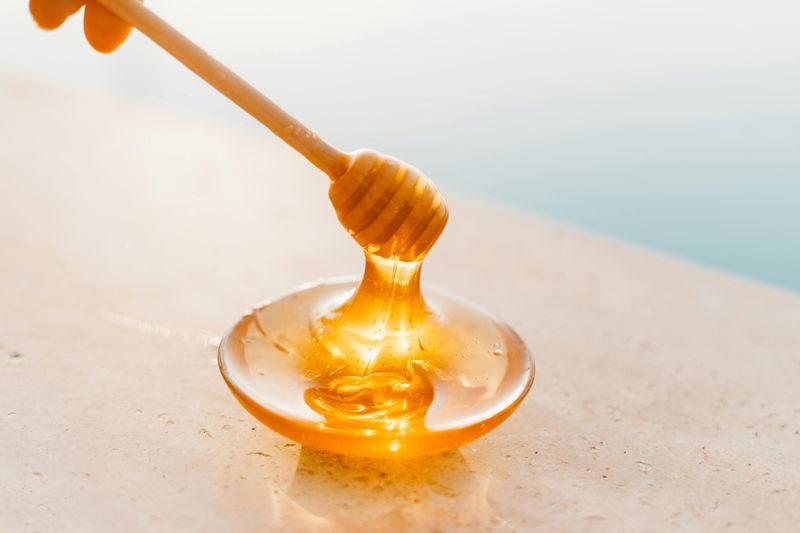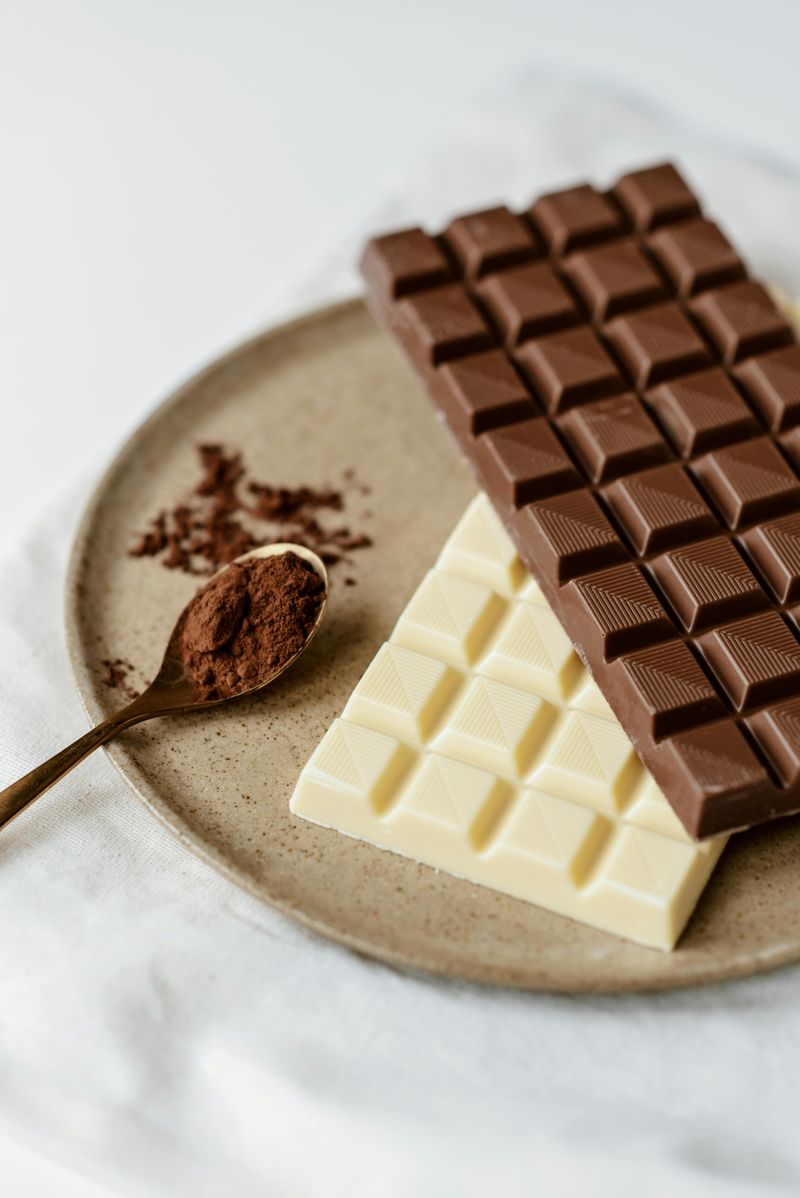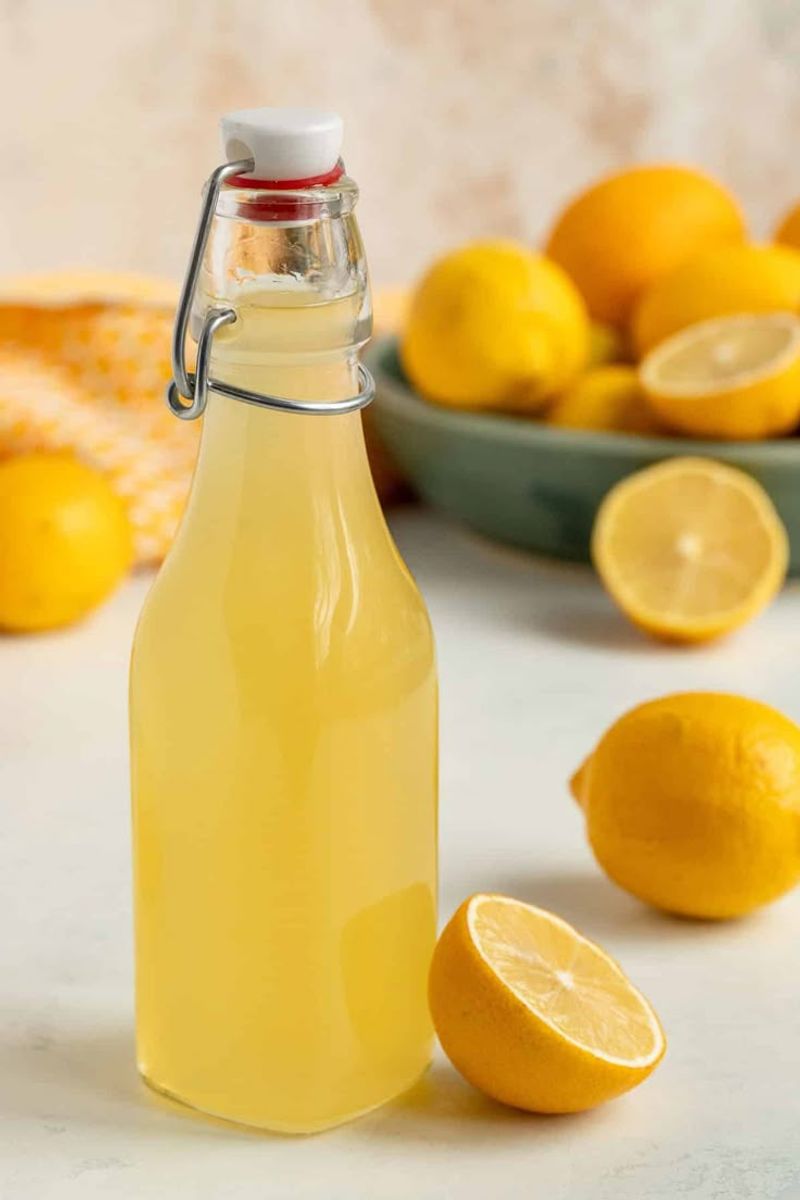Ever wondered what’s really in your food? From that golden drizzle of “extra virgin” olive oil to the rich sprinkle of Parmesan on your pasta, many everyday items on our plates aren’t quite what they claim to be. In the race to cut costs and increase shelf life, the food industry has gotten pretty clever—and not always in a good way.
You may think you’re choosing healthier or more premium options, but labels can be misleading, and what you’re eating might be a watered-down, bulked-up, or chemically flavored version of the real thing. Even trusted staples like honey, tea, and chocolate have been caught wearing disguises.
This eye-opening guide breaks down commonly faked, adulterated, or misleading food ingredients you’ve probably eaten without realizing it. From fake fruits to knock-off spices, get ready to uncover the truth about what’s really ending up on your plate—and learn how to spot the real stuff.
1. Extra Virgin Olive Oil

Extra virgin olive oil is prized for its flavor and health benefits, but you might not be getting the real deal. Many bottles labeled as such are diluted with cheaper oils like soybean or sunflower. This practice not only affects taste but also reduces the nutritional value.
Consumers often pay a premium price for what they believe is pure olive oil, only to be deceived by clever labeling and marketing tactics. When purchasing olive oil, look for certifications and opt for reputable brands to ensure authenticity.
2. Honey

Honey is a beloved natural sweetener, but not all honey is created equal. It’s often adulterated with sugar syrups or other sweeteners to cut costs. This means you’re getting less of the natural enzymes and antioxidants honey is known for.
The practice of honey fraud is widespread, making it difficult for consumers to identify genuine products. To ensure you’re buying real honey, look for labels that state ‘pure honey’ or ‘raw honey’, and consider buying directly from local beekeepers.
3. Parmesan Cheese

Parmesan cheese, a staple in Italian cuisine, is not always what it seems. Some products contain fillers like cellulose, often derived from wood pulp, to bulk up the cheese. This not only compromises flavor but also the authenticity of the cheese.
For a true Parmesan experience, look for the ‘Parmigiano-Reggiano’ label, guaranteeing it was made in specific regions of Italy under strict regulations.
4. Fish

Species like tilapia are often mislabeled as more expensive varieties like red snapper. This mislabeling deceives consumers and can affect pricing and quality.
It’s a common issue in seafood markets and can lead to ethical concerns about sustainability.
5. Saffron

Saffron is the world’s most expensive spice, leading to frequent adulteration. It’s often mixed with or replaced by dyed plant fibers or other substances to mimic its vibrant red color. This not only diminishes its unique flavor but also its value.
Saffron’s authenticity is hard to verify, making consumers vulnerable to fraud. When purchasing saffron, look for reputable suppliers and avoid suspiciously low prices that may indicate a lack of authenticity.
6. Fruit Juices

Fruit juices, often seen as a healthy choice, can be misleading. They are frequently diluted with water and sweetened with sugar or high-fructose corn syrup. This reduces the natural juice content, diminishing nutritional benefits.
What you think is pure fruit juice might be more of a sugary drink.
7. Maple Syrup

Maple syrup, known for its rich, sweet flavor, is sometimes not what it seems. Substituted with cheaper syrups flavored to imitate genuine maple syrup, it loses its authentic taste and quality. The imitation is often made from high-fructose corn syrup and artificial flavors.
To savor real maple flavor, look for labels that say ‘pure maple syrup’. Authenticity can often be confirmed through certifications or by purchasing from known maple-producing regions.
8. Vanilla Extract

Vanilla extract is cherished for its aromatic addition to many recipes, but the real thing is rare. Often, artificial vanillin derived from wood pulp or coal tar is used instead of natural vanilla beans. This affects both flavor and aroma, making it less rich and nuanced.
Natural vanilla comes with a higher price tag, but its authenticity and flavor are unparalleled.
9. Coffee
Coffee is a daily ritual for many, yet it can be far from pure. Ground coffee may include fillers like roasted corn, twigs, or even roasted parchment to bulk up the product. This practice compromises taste and quality, leaving consumers with an inferior brew.
To ensure you’re getting real coffee, buy whole beans and grind them yourself. Look for reputable brands that guarantee their sourcing and quality.
10. Tea

Lower-quality teas may contain fillers such as colored leaves or herbs not listed on the label. These fillers can alter flavor, quality, and authenticity.
A discerning tea drinker should look for trusted brands that provide details about the tea’s origin and composition. Loose-leaf teas often offer better quality and transparency than pre-packaged options.
11. Milk

Milk, a staple in many households, isn’t always as pure as it should be. It may be adulterated with water, reconstituted milk powder, or other additives to increase volume and reduce costs. Such practices dilute the nutritional content and can affect taste.
Consumers can choose organic or locally sourced milk to ensure a higher level of quality and purity.
12. Instant Mashed Potatoes

Instant mashed potatoes offer convenience, but often at the cost of quality. These products can contain more starch, emulsifiers, and flavoring than actual potato, especially in shelf-stable or flavored varieties. The result is a dish that lacks the authentic taste and texture of homemade mashed potatoes.
If convenience is a must, look for brands with fewer additives and a higher percentage of real potatoes.
13. Black Pepper

Black pepper, a common seasoning, can be adulterated with papaya seeds or other fillers, reducing its purity and flavor. This practice is widespread and can lead to consumers getting less than what they pay for.
To ensure you’re purchasing real black pepper, look for whole peppercorns instead of pre-ground varieties. Freshly grinding whole peppercorns not only enhances flavor but also guarantees authenticity.
14. Turmeric

Turmeric, valued for its health benefits and vibrant color, is often adulterated. Fillers like colored starches or even lead chromate, a toxic substance, are used to enhance its yellow hue. This not only affects its purity but also poses health risks.
To ensure you’re buying genuine turmeric, purchase from reputable brands that offer quality certifications. Organic options may provide additional assurance of authenticity and safety.
15. Oregano
Oregano, a popular herb, is sometimes mixed with other leaves such as olive or myrtle. This practice increases weight and reduces costs but compromises flavor and authenticity.
16. Chocolate

Chocolate, a cherished treat, isn’t always made with the finest ingredients. Some products labeled as chocolate may use vegetable fats instead of cocoa butter, affecting quality and taste. This substitution can result in a less satisfying texture and flavor.
For true chocolate connoisseurs, checking labels for cocoa content and avoiding products with vegetable fats is essential.
17. Truffle Oil

Truffle oil, prized for its distinct flavor, often contains little to no actual truffle. Instead, synthetic compounds mimic the truffle aroma, misleading consumers.
To enjoy the true essence of truffles, look for oils that list real truffle ingredients or consider using fresh truffles.
18. Wasabi

Wasabi, commonly served with sushi, is not always genuine. It’s often a mixture of horseradish, mustard, and green dye, lacking real wasabi root.
Authentic wasabi is rare and expensive, so if you’re seeking the real deal, look for products specifically labeled as containing genuine wasabi root. Fresh wasabi can be a worthwhile splurge for true sushi enthusiasts.
19. Cinnamon

Cinnamon is a beloved spice, yet what you buy might not be true cinnamon. Cassia bark is often sold as cinnamon, differing from true Ceylon cinnamon in flavor and quality. This substitution can result in a less delicate and nuanced taste.
For those who appreciate authentic cinnamon, looking for ‘Ceylon cinnamon’ on labels is key.
20. Bottled Lemon Juice

Bottled lemon juice, a convenient substitute for fresh lemons, often contains very little actual lemon. It’s loaded with preservatives, artificial flavor, and color, compromising its authenticity and taste.
To capture the essence of fresh lemons, opt for squeezing real lemons or look for brands that offer products with minimal additives and high lemon content.
21. Ice Cream (Low-End Brands)

Ice cream, a beloved dessert, can vary greatly in quality. Low-end brands often bulk up products with air, artificial thickeners, and cheap oils instead of real cream. This results in a texture and taste that falls short of premium ice cream.
Checking ingredient lists and opting for artisanal or higher-end options can make all the difference.
22. Wine

Wine, enjoyed by many, is sometimes diluted or mixed with additives to artificially enhance color and flavor.
To ensure you’re getting real wine, look for reputable producers known for their quality and transparency. Certifications and designations of origin can also provide assurance of authenticity.
23. Balsamic Vinegar

Authentic balsamic vinegar, traditionally aged for years, may be mimicked by mixing cheaper wine vinegar with coloring and flavoring agents. This affects its depth and quality.
To enjoy true balsamic vinegar, look for products labeled as ‘tradizionale’, indicating they have been made according to traditional methods. Such labels ensure genuine, aged balsamic vinegar.
24. Organic Foods

Some products labeled as “organic” contain non-organic ingredients or are produced using non-organic methods. This can deceive consumers looking for genuinely organic options.
To ensure authenticity, look for certification labels that verify organic standards. Being informed about organic certifications can help discern genuine organic products from those falsely labeled.
25. Blueberries in Packaged Foods

Blueberries in packaged foods aren’t always as they appear. Many muffins, cereals, and snack bars use artificial blueberry-flavored bits made from starch, oil, and food dye. This substitution compromises the health benefits and flavor of real blueberries.
To enjoy genuine fruit content, check ingredient lists for real blueberries or opt for products known for using whole, natural fruits.


Leave a comment